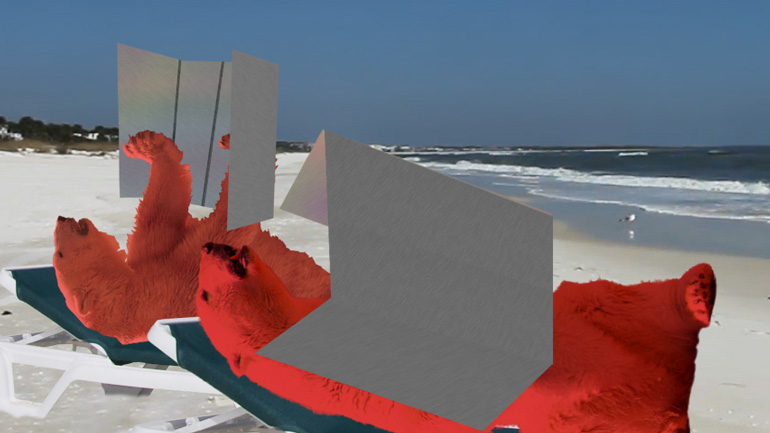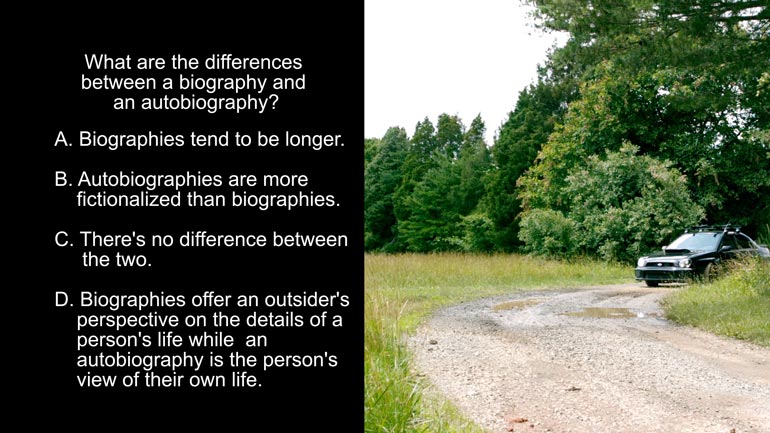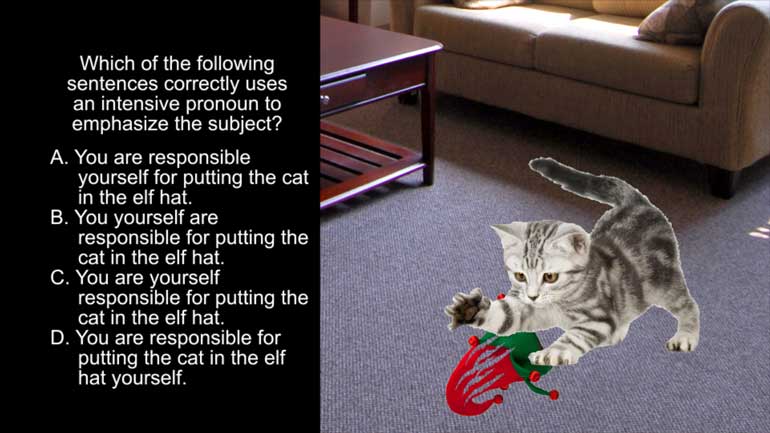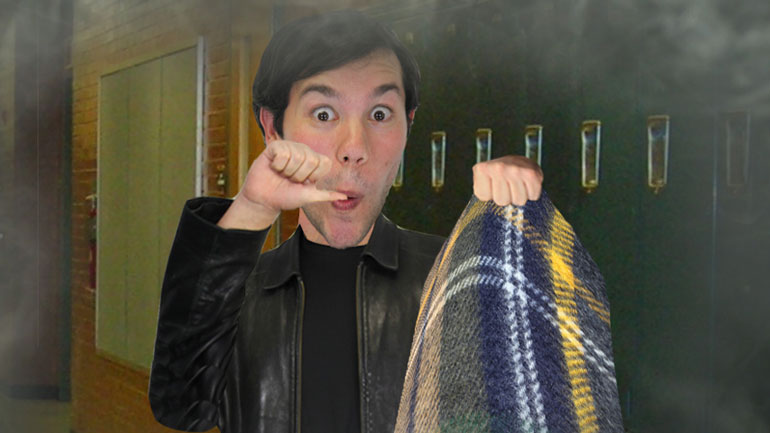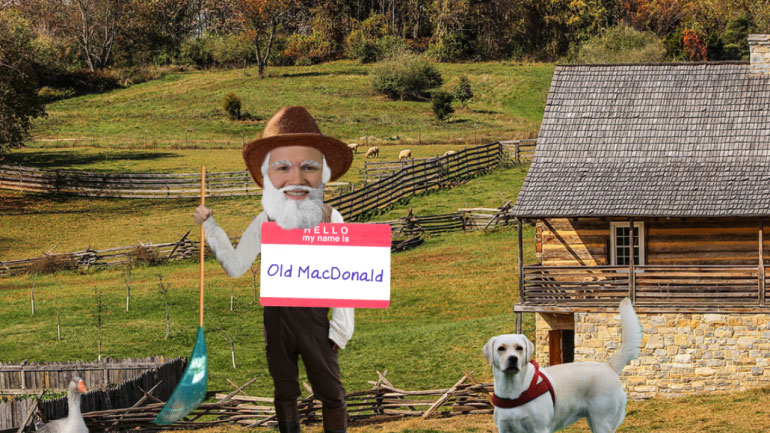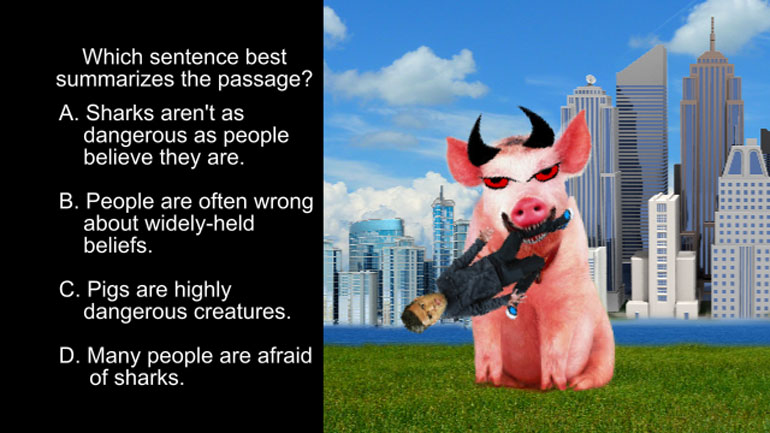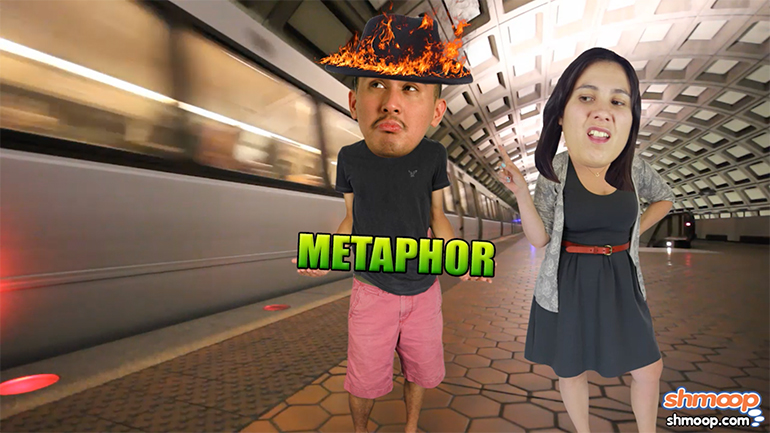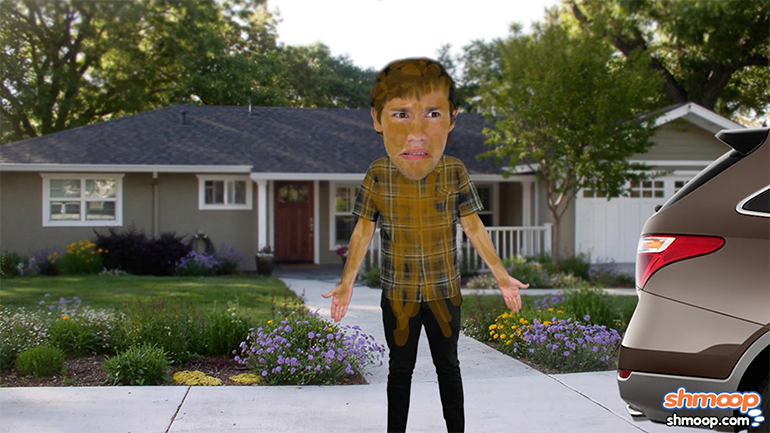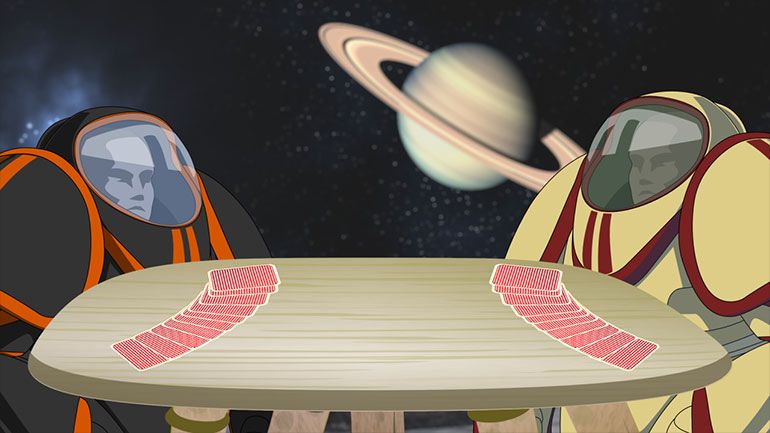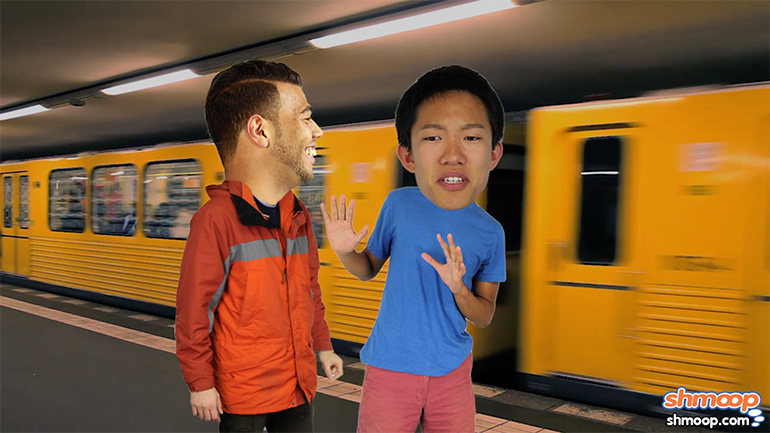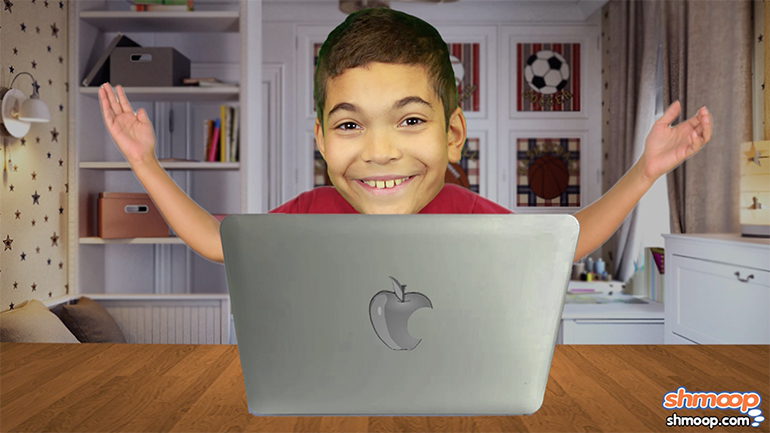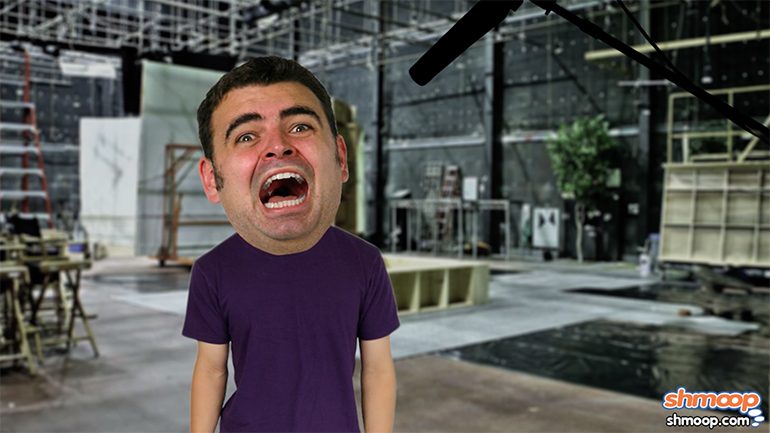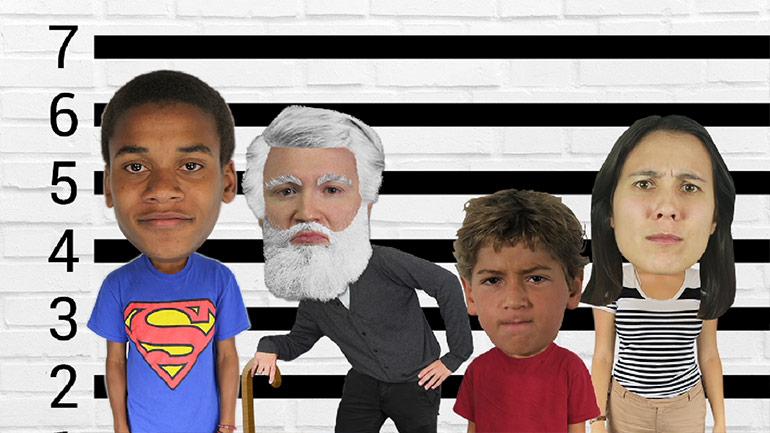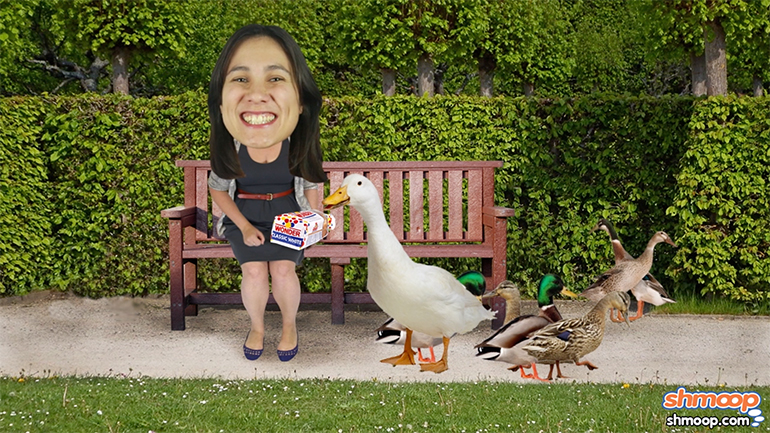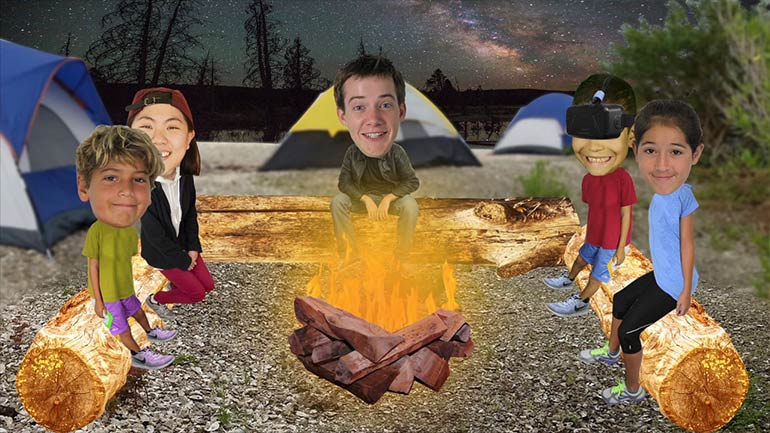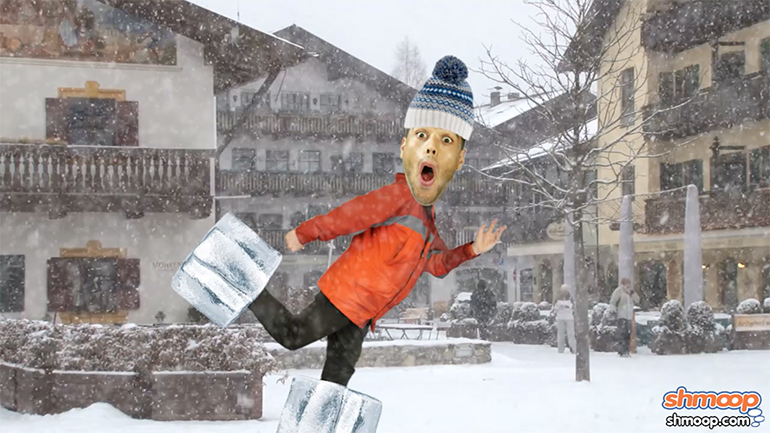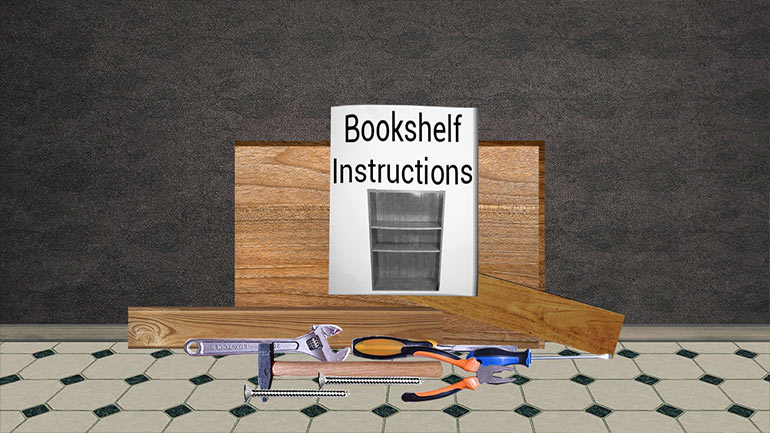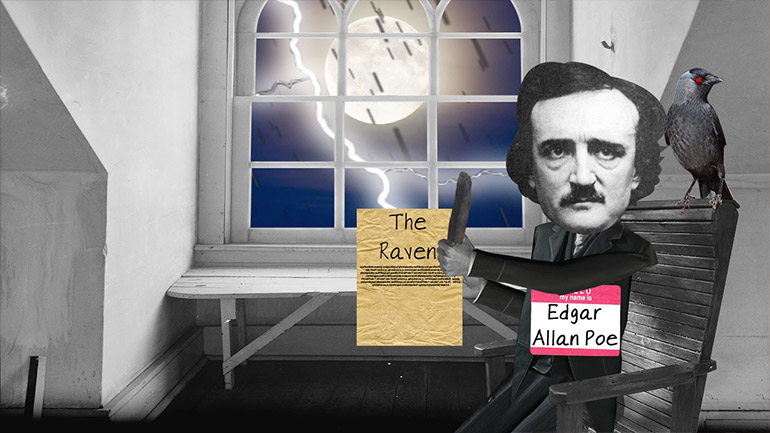ShmoopTube
Where Monty Python meets your 10th grade teacher.
Search Thousands of Shmoop Videos
6th Grade Videos 46 videos
ELA Drills, Intermediate: Main Idea 1. Which of the statements is best supported by the passage?
ELA Drills, Intermediate: Point of View. Is the statement in the video true or false?
ELA Drills, Intermediate: Textual Analysis 3. Which of the following best summarizes the author's feelings about welfare?
ELA 6: Smile Like a Simile 1805 Views
Share It!
Description:
Learning to use similes is as easy as pie.
Transcript
- 00:00
Language can be a great tool for conveying what you want to say. It's
- 00:07
almost as good as wildly uncoordinated hand gestures. Saw a cute dog on the [ dog on a leash]
- 00:12
way home from school? Well a certain combination of words can help you
- 00:15
communicate your findings or feelings to someone else. The word dog might not be
- 00:20
quite as cute as the actual dog, but well close enough. however sometimes we want [dog on a leash]
Full Transcript
- 00:25
to move beyond the literal meanings of words to spice up our descriptions. We
- 00:30
happen to have tools at our disposal to do just that, and one of them is called
- 00:34
simile. Well, similes are a kind of figurative language, the use of words to [tools shown]
- 00:38
convey a meaning other than a purely literal meaning. Might seem like kind of
- 00:43
a weird idea. After all stop signs wouldn't be that useful if stop meant to [man holds stop sign]
- 00:48
go or something totally random like you know, banana.
- 00:52
well figurative language is mostly useful when we're trying to make [colorful definitions]
- 00:56
descriptions more vivid. Sure you could say it was cold outside but to really
- 01:01
hammer home just how cold it was you can use figurative language and say" it was
- 01:06
so cold outside that my feet felt like blocks of ice". Well we're not literally [snowy scene shown]
- 01:12
saying that our feet felt like blocks of ice people, after all if they did they'd
- 01:16
probably be pretty numb anyway, and then fall off. We just mean that it's really
- 01:20
really cold out which is good for our sentence and even better for our feet. [people walk down the street as it snows]
- 01:23
similes are a particular kind of figurative language. A simile compares
- 01:28
one thing to something else using either the word like, or as. Now whether you
- 01:33
realize it or not when we were talking about how our feet felt like blocks of
- 01:37
ice we were using a simile. Not only were we comparing the coldness of our feet to
- 01:43
the coldness of blocks of ice but we also connected these two different ideas [snowy forest shown]
- 01:47
with the word like. Having ticked both of our boxes we definitely have a simile on
- 01:52
our hands. We encounter tons of similes in our day to day, life probably without
- 01:56
even realizing. It ever hear someone say that task is as easy as pie? Well since [busy street shown]
- 02:02
they're comparing one task to the task of eating pie while using the word as
- 02:07
they're definitely in simile City, unless they were literally talking about eating
- 02:11
pie which, for the record it is pretty easy. Stopping is the hard part. [man eats pie]
Related Videos
ELA Drills, Intermediate: Main Idea 1. Which of the statements is best supported by the passage?
ELA Drills, Intermediate: Point of View. Is the statement in the video true or false?
ELA Drills, Intermediate: Textual Analysis 3. Which of the following best summarizes the author's feelings about welfare?
ELA Drills, Intermediate: Comparing and Contrasting. In this sentence, what is compared to what?
What's an emotional appeal? Is that like when someone naturally attracts members of the opposite sex by crying all the time?




